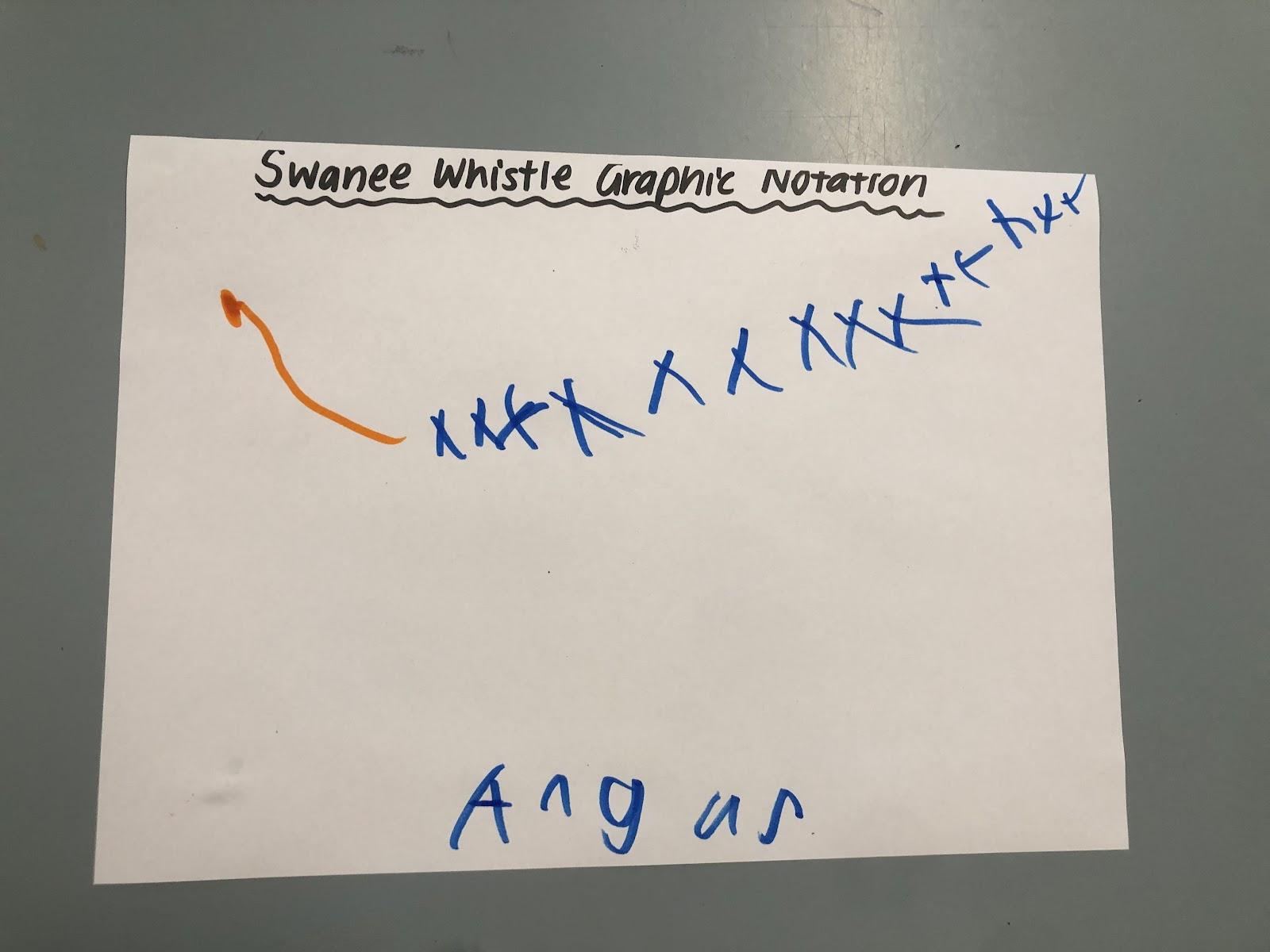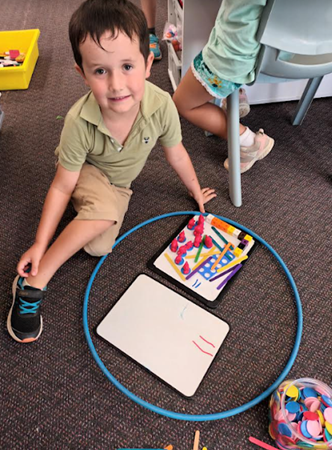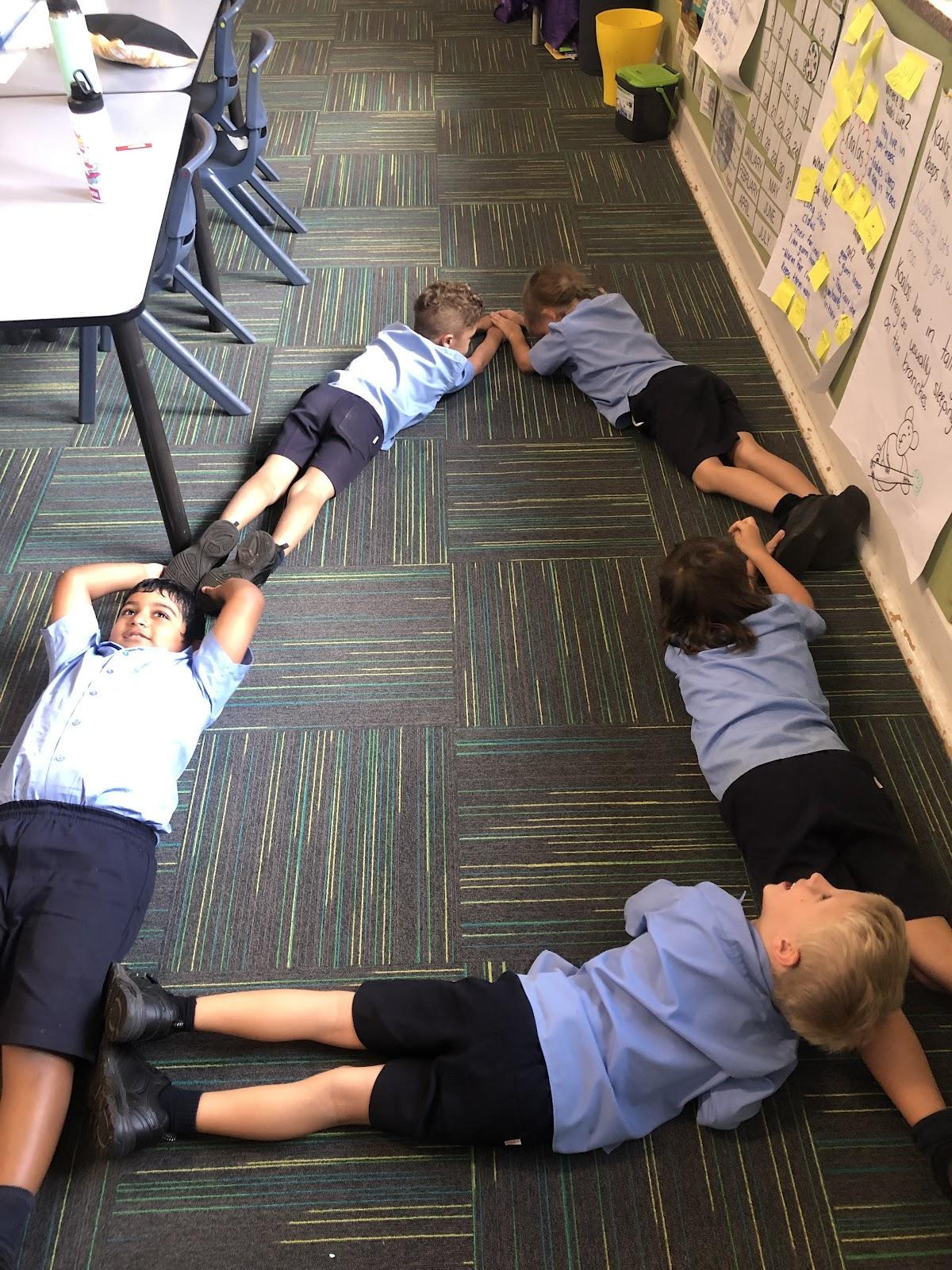Learning News

Learning News
The National Assessment Program – Literacy and Numeracy (NAPLAN) started this week for all students in Years 3 & 5 at St Michael’s and across the country, with the writing assessment commencing on Wednesday and reading on Thursday. NAPLAN is an annual national assessment for all students in Years 3, 5, 7, and 9, and is the only nationwide assessment that all Australian children undertake. It tests the types of skills that are essential for every child to progress through school and life. The tests cover skills in reading, writing, spelling, grammar and punctuation, and numeracy. The assessments are undertaken every year. This year is the first time NAPLAN has been held in Term 1 (it is normally held in May), so we are looking forward to getting back our results earlier to help guide our teaching and learning.
Yours in learning,
Mrs Shepherd
Kindergarten
Kindergarten have been Historians this week! We have been learning about how some of our possessions have special meaning to us. They become like our ‘treasure’. Kindergarten started their lesson by opening Miss Fraser’s treasure box. When Miss Fraser opened the treasure box, they found a very special teddy bear and an old pendant that was gifted by her grandmother. Kindergarten discussed the possessions they had that made them think of special memories or people in their family. Some of us thought of old Students drew in their own treasure box a picture of these precious item.
Great work Kindergarten!
Miss Fraser
Year 1
This term in Creative Arts, Year 1 have been learning how to use different instruments to read, create and play different beats. Mrs Shepherd first taught us about quick beats ‘ti-ti’, slow beats ‘taa’ and rest or silent beats ‘Zaa’. Then Year 1 learnt how to use symbols to show long and short sounds. Thank you Mrs Shepherd for helping us learn to read and play music!
Miss Myers
Year 2/3
Throughout this term Year 2/3 have been investigating the use of materials. Previously we have identified how the properties of certain materials affect the way we use them. This week we have designed and begun to produce a “Teddy Bear Shelter” for our class Mascot (Smokey). Our shelter must be: waterproof, stay upright, be made using materials we have used in previous lessons and fit a teddy bear. We hope to finish building these next week.
Year 4
Over the past couple of weeks, Year 4 have been learning about the history of Manilla. This includes the Aboriginal and Torres Strait Islander people’s history, the development of Manilla as a town and how aspects of Manilla have continued the same or changed throughout the years.
On Thursday, Year 4 visited the Manilla Heritage Museum where Mr Jim Maxwell and the fantastic Manilla Heritage Museum Volunteers gave us an amazing and informative tour. We learnt a lot about the history of Manilla including how Royce’s cottage was previously a bookshop and a bakery and that the first settlement in Manilla was in 1858. On our trip to and from the Museum, we looked at buildings along the main street and discussed the information we discovered about each of them such as their establishment dates. The students will now present their findings and new learnt knowledge into a Google Slide. Year 4 would like to thank Mr Maxwell and the Manilla Heritage Museum Volunteers for giving up their time to take us on the tour. If you haven’t visited our local museum, it is definitely worth a look! Well Done Year 4!
Miss McDonald and Miss Maunder.
Year 5/6
In Science, Stage 3 has been learning about forces. This week, students made two differently designed catapults; one using tension force and one using elastic force. Students followed the instructions to make their catapults in groups. We then tested the catapults by launching marshmallows and measuring the distance it travelled. Students came to the conclusion that the tension force catapult was the strongest and enjoyed having a competition with other teams to see who could launch their marshmallow the furthest. Amazing work Stage 3!
Miss Summerell & Miss Rasche
Numeracy News Week 9, Term 1
Numeracy News
This is a fabulous informative video on how to support mathematics in the real world. Everyday Maths - At the supermarket
Counting tips:
- Count stairs, letter boxes,or objects in two, threes, fives and tens whenever opportunities arise;
- Put out the number of knives and forks needed for dinner and ask your child to count them in sets of two;
- Talk about numbers whenever opportunities arise. Ask questions such as “Which is bigger/smaller/the same/different?”, house numbers on long streets;
- Take note of larger numbers as they occur (e.g. house numbers, page numbers in books).
- Encourage your child to read the numbers and talk about other ways they could have been written.
Rounding is a numeracy skill that is necessary in everyday life. Promote rounding by asking students to round prices of cars, white goods, electronics, etc. Discuss why rounding to the nearest thousand may be a very inaccurate idea of a value, eg a television could be $1 400 and we would round it to $1 000. A more honest rounding would have been to round to the hundred, not thousand.
Kindergarten
Kindergarten have continued to work diligently on the Early Stage 1 ‘Representing Whole Number’ content. This week, we have been working on recognising and representing teen numbers. We have learned that teen numbers begin with a 1. The one in the numeral represents a collection of ten. We are learning to rapidly recall these numerals in order and out of sequence. See some of our wonderful students working hard on representing these numbers and working on their mathematical skill. Wonderful job Kindergarten!
Miss Fraser
Year 1
To conclude the Two-dimensional space unit, Year 1 were asked to identify a 2D shape based on a description. They have worked very hard to investigate triangles, quadrilaterals, pentagons, hexagons and octagons and can now describe the number of sides and vertices for these shapes. Students were set the challenge to physically make these shapes in small groups, and they had to pay close attention to whether their shape had any gaps. We now know that if a shape is not closed (has gaps) it’s not a shape but a line!
Year 1 have also been learning to represent numbers using groups of 10. To count large collections it definitely helps to make groups of 10 and count by 10s instead of one at a time! They have learnt to make numbers in different ways. They especially loved using the ‘cow’nters.
Year 2/3
This week, Year 2/3 have been learning about whole-number. As part of our learning we have focused on finding more efficient ways of counting larger numbers. In doing this we have recognised that the number ten works extremely well. In the activity shown the students used 10 Frames to organise materials into groups of ten in order to count a larger amount.
Year 4
In Mathematics, Year 4 have been learning about Position and how it relates to real-life scenarios. During our Position unit, we identified the 8 key compass directions and learnt to label them on a compass rose. Year 4 then learnt how to draw a treasure map of the school which consisted of grid references, a compass rose, labelled buildings and instructions on how to find the hidden treasure using their gained knowledge of compass directions. Students thoroughly enjoyed implementing their knowledge of compass directions into various classroom games. Amazing work Year 4!
Miss Maunder and Miss McDonald
Year 5/6
Stage 3 has been learning about decimals. This week, students looked at multiplying and dividing decimals by 10, 100 and 1000. First, we completed the multiplication and division problems, using all of our working out. Students then looked for a pattern. We discovered that when multiplying, the decimal point moved to the right, making the number larger and when dividing, the decimal point moved to the left, making the number smaller. The number of zeros determined the number of decimal places in which we moved the decimal point. Fantastic work Stage 3!
Miss Summerell & Miss Rasche











































